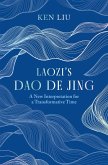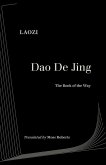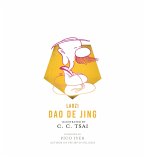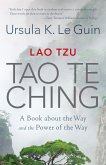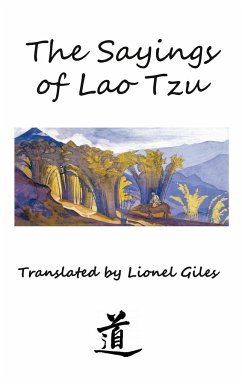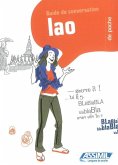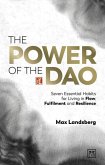This Chinese-English and English-Chinese dictionary is especially compiled for the translation of Lao Zi's ancient book Dao De Jing (Schade, Meta-translation Lao Zi's Dao De Jing (1-37), 2018) and (Schade, Meta-translation Lao Zi's Dao De Jing (38-81), 2018). Dao De Jing means literally-A Classic about the Way of Nature and the Way of People. It aims to maximize your success, which is to obtain what you seek and escape what you suffer. Success is maximized by aligning the Way of People with the Way of Nature (Schade, Stunning Revelations about Lao Zi's Dao De Jing, 2017). The Chinese versions used in this study include- (Wang Bi, 226-249 AD); (He-Shang Gong, 179-157 BC); (Fu Yi, 200 BC); (Mawangdui (A), 200 BC); (Mawangdui (B), 200 BC); and (Guodian, 300 BC). Together, those versions contain about 1,600 different pictographs. Every language changes over time and, therefore, some of Lao Zi's ancient pictographs are not used anymore, while the meaning of others has changed. In addition, most modern Chinese pictographs have several English meanings that foster ambiguity. Therefore, the exhaustive English meanings for each pictograph were extracted from reputable sources. Furthermore, a system of Digital Index for Pictographs (DIP) is introduced that simplifies the digital classification of Chinese pictographs. Free PDF copies @ http: //nemonik-thinking.org/books.html
Hinweis: Dieser Artikel kann nur an eine deutsche Lieferadresse ausgeliefert werden.
Hinweis: Dieser Artikel kann nur an eine deutsche Lieferadresse ausgeliefert werden.


